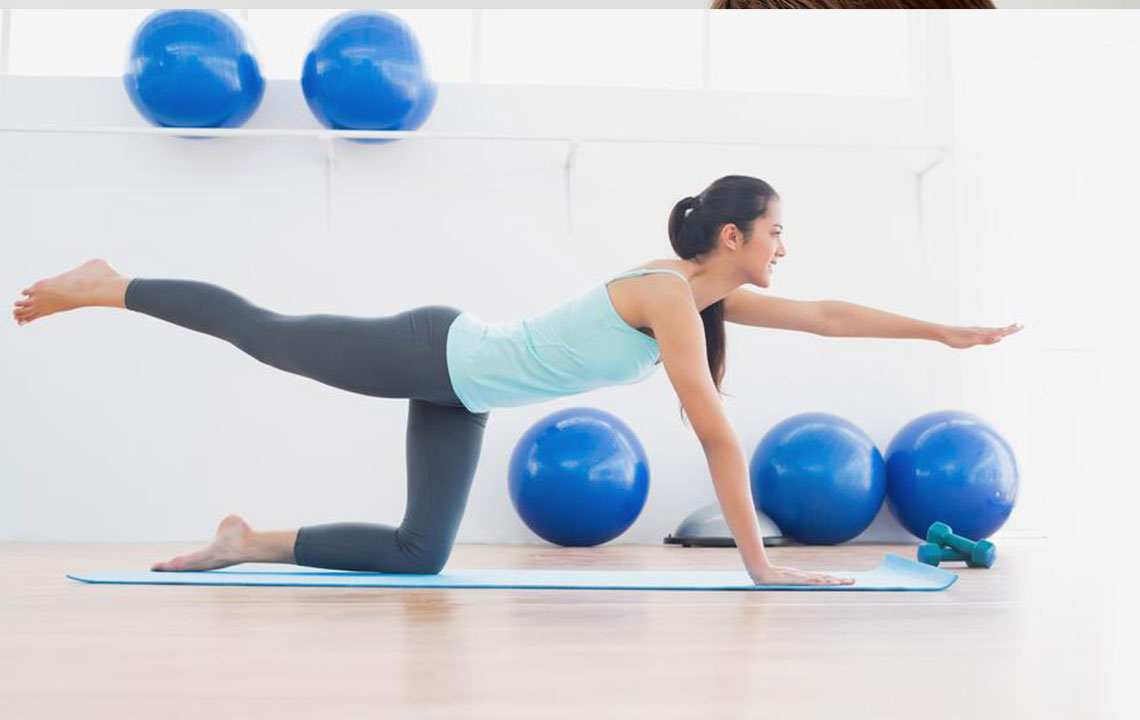Comprehensive Guide to Using Kegel Devices for Enhanced Pelvic Health
This comprehensive guide details the proper use of Kegel devices to strengthen pelvic floor muscles, improve bladder control, and support postpartum recovery. It covers effective techniques, safety tips, and the importance of consulting healthcare professionals for personalized care, making it an invaluable resource for women aiming to enhance their pelvic health through targeted exercises and reliable devices.

Maintaining strong pelvic floor muscles is essential for overall health, especially for women during pregnancy, postpartum recovery, and those experiencing pelvic health issues. Kegel devices have emerged as effective tools to support pelvic muscle strengthening, offering additional benefits beyond traditional exercises. While Kegel exercises can be performed manually without any equipment, integrating specialized devices can amplify the benefits, ensuring targeted and consistent muscle engagement. Proper usage, understanding who can benefit, and consulting healthcare professionals are key factors to maximizing the effectiveness of these devices.
In this comprehensive guide, we will explore the importance of pelvic floor health, the advantages of using Kegel devices, step-by-step instructions on proper application, and essential safety tips to ensure a safe and effective workout regimen. Whether you are pregnant, postpartum, or simply looking to improve your overall pelvic health, this guide aims to provide all the necessary information to incorporate Kegel devices into your routine effectively.
The Significance of Pelvic Floor Health
The pelvic floor is a complex network of muscles, ligaments, and tissues that support the bladder, uterus, rectum, and other pelvic organs. A strong pelvic floor can prevent issues such as urinary incontinence, pelvic organ prolapse, and sexual dysfunction. Conditions like pregnancy, childbirth, aging, obesity, and chronic coughing can weaken these muscles over time, leading to discomfort and diminished quality of life.
Strengthening these muscles is vital for both preventive and therapeutic reasons. Regular exercise enhances muscle tone, improves bladder control, and supports the structural integrity of pelvic organs. For women, especially those who are pregnant or postpartum, maintaining a robust pelvic floor can facilitate smoother labor, quicker recovery, and long-term pelvic health.
Advantages of Using Kegel Devices
Kegel devices are specially designed tools that make pelvic exercises more effective and accessible. These devices provide tactile feedback, ensure correct muscle engagement, and can be used discreetly at home or under supervision. Some of the key benefits include:
Enhanced Muscle Activation: Devices help target muscles precisely, reducing the risk of engaging incorrect muscle groups.
Increased Motivation: Many devices come with built-in timers or feedback features that encourage regular practice and track progress.
Postpartum Support: Assisting recovery after childbirth by restoring pelvic strength more efficiently.
Prevention of Pelvic Disorders: Regular use can help prevent or lessen symptoms of prolapse and incontinence.
Convenience and Discretion: Small, portable devices allow for discreet use in various settings.
Instructions for Proper Use of Kegel Devices
Using a Kegel device correctly is crucial to maximize benefits and avoid injury. Here is a detailed, step-by-step guide to ensure proper application:
Identify the Correct Position: Start by lying on your back or standing comfortably. Position the device in the pelvic area, typically between your thighs or against your pelvic muscles depending on the device design.
Placement: Place the wider end under your hips or near the buttocks, ensuring it rests snugly without causing discomfort. The narrow end should face forward toward the pubic bone.
Activation: Engage your gluteal muscles gently to keep the device in place, then focus on contracting your pelvic floor muscles—similar to stopping urine midstream.
Exercise Routine: Contract the pelvic muscles for a period of about 5-10 seconds, then relax completely for the same duration. Repeat this cycle multiple times, aiming for 10-15 repetitions per session.
Progressive Training: As your strength improves, gradually increase contraction duration or repetitions as advised by a healthcare professional.
Consistency is Key: Incorporate Kegel exercises into your daily routine—setting aside specific times can help establish a habit that promotes better results.
Safety Tips and Precautions
While Kegel devices are generally safe, following safety guidelines ensures effective and injury-free exercise:
Consult a Healthcare Provider: Before starting, especially if you have pelvic pain, prolapse, or other health concerns.
Start Gently: Do not force or overuse the device. Begin with short sessions and gradually increase intensity.
Maintain Hygiene: Clean the device regularly to prevent infections.
Avoid Discomfort: Discontinue use if you experience pain, excessive discomfort, or worsening symptoms.
Use as Directed: Follow manufacturer instructions and healthcare advice for optimal results.
Conclusion: Enhancing Pelvic Health Through Proper Device Use
Integrating Kegel devices into your pelvic health routine can lead to significant improvements in muscle strength, urinary control, and overall well-being. Consistent practice, correct technique, and medical guidance are essential components for safe and successful training. Whether you are preparing for childbirth, recovering postpartum, or simply looking to maintain your pelvic health, these devices serve as valuable tools to support your goals. Remember, each individual’s needs are unique, so personalized advice from a healthcare professional can optimize your exercise routine, ensuring maximum benefits and safety.
Investing in your pelvic health today can yield long-term benefits, enhancing your quality of life and confidence. By understanding the proper use of Kegel devices and committing to regular exercise, you take a proactive step toward a stronger, healthier pelvic floor.





